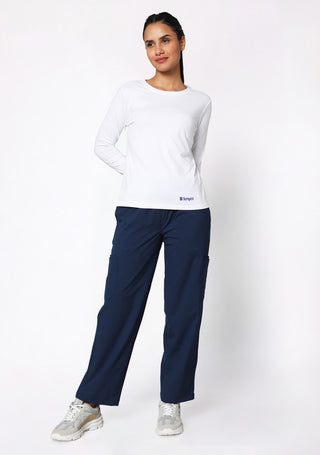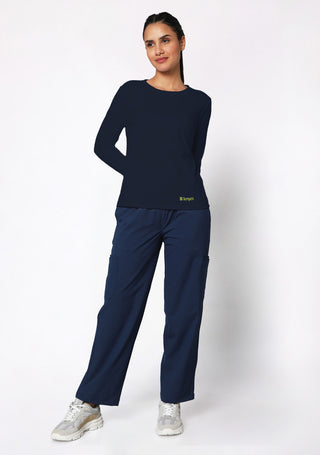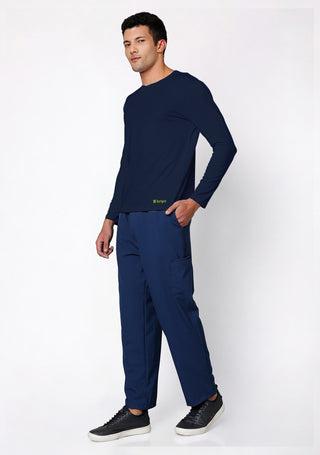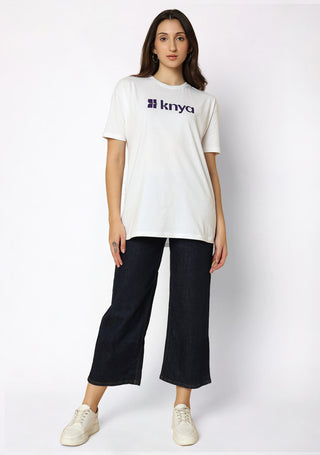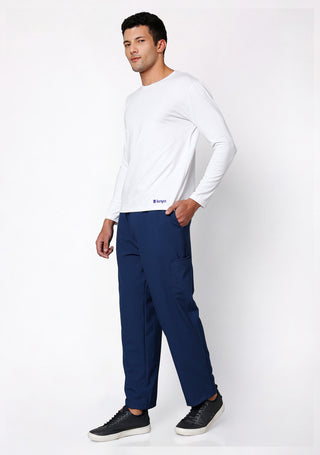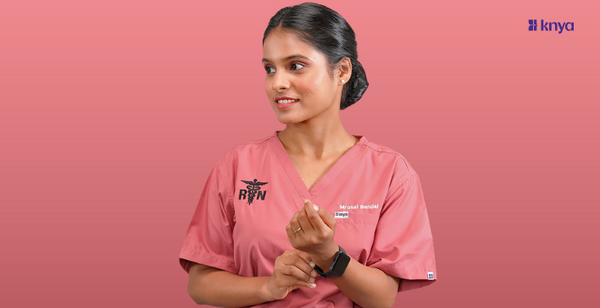Introduction
Nursing is a noble profession that requires a delicate balance of expertise, compassion, and resilience. While skill and knowledge are fundamental, appearance also plays a critical role in establishing credibility, maintaining hygiene, and ensuring patient safety. The way a nurse dresses not only reflects professionalism but also impacts infection control and workplace safety.
Healthcare institutions implement strict nursing dress codes to maintain a professional image, prevent contamination, and promote comfort during long shifts. Whether it’s the color-coded scrubs, neatly tied hair, or practical footwear, every element of a nurse’s attire serves a purpose. In this guide, we will explore the essential components of nursing dress codes, including common requirements, the significance of scrubs, grooming standards, and the accessories that nurses can wear while maintaining safety and professionalism.
Why Nursing Dress Codes Matter
Nursing dress codes are more than just a uniform policy; they play a crucial role in ensuring effective healthcare delivery. Below are the key reasons why these dress codes are strictly enforced:
1. Professionalism
Patients and colleagues judge a nurse’s competency and trustworthiness based on their appearance. A clean, well-maintained uniform fosters confidence and respect while reinforcing a nurse’s professional identity.
2. Practicality and Comfort
Given the physically demanding nature of nursing, attire must allow ease of movement. Scrubs are designed for comfort, ensuring that nurses can work long hours without feeling restricted.
3. Safety Precautions
Nurses work in fast-paced environments where they are exposed to various risks, including accidental injuries and hazardous substances. Loose jewelry, inappropriate footwear, or baggy clothing can create safety hazards.
4. Infection Control
Healthcare professionals are constantly in contact with sick patients. Proper dress codes, such as clean scrubs, short nails, and minimal accessories, help prevent the spread of infections.
Common Nursing Attire
1. Scrubs: The Foundation of Nursing Uniforms
Scrubs are the standard attire for nurses in hospitals and clinical settings. These lightweight garments replaced traditional nursing uniforms and have evolved to provide maximum comfort, flexibility, and hygiene.
Key Benefits of Scrubs:
- Hygienic: Made from easily washable fabrics that help maintain cleanliness.
- Functional: Designed for ease of movement, allowing nurses to perform tasks efficiently.
- Color-Coded Identification: Many institutions assign different scrub colors to distinguish roles and departments.
2. Undergarments and Additional Clothing
- Undershirts: Neutral-colored undershirts may be worn under scrubs for warmth.
- Socks and Stockings: Required for hygiene and maintaining a professional appearance.
- Jackets and Lab Coats: Permitted in non-bedside roles, adhering to the facility’s dress code policy.
Click here to Explore All Women's Scrubs and discover our complete collection of comfortable and stylish medical apparel
Grooming and Personal Appearance Standards
1. Hair and Facial Hair
- Hair should be clean, neatly tied back, and away from the face.
- Male nurses must keep beards and mustaches well-groomed to prevent bacterial contamination.
2. Fingernails
- Must be trimmed short and kept clean.
- Artificial nails and nail polish are generally prohibited due to infection risks.
3. Tattoos and Piercings
- Offensive or large tattoos should be covered.
- Small ear piercings are often allowed, while facial piercings may need to be removed or covered.
4. Makeup
- Should be minimal and natural-looking.
- Heavy or dramatic makeup is discouraged.
Essential Accessories and Protective Gear
1. Jewelry
- Limited to small stud earrings and a simple wedding band.
- Necklaces and bracelets should be avoided to prevent contamination.
2. Watches
- Digital or analog watches with second hands are commonly required for monitoring vitals.
- Smartwatches may be permitted if notifications are disabled.
3. Footwear
- Non-slip, closed-toe shoes are mandatory.
- Shoes must be durable, comfortable, and fluid-resistant.
4. Protective Equipment
- Gloves, gowns, masks, and surgical caps are required in specific environments.
- PPE should be used appropriately to minimize infection risks.
Nursing Dress Codes After Graduation
While nursing students must adhere to strict dress codes, working nurses may have more flexibility in attire choices. However, professional standards remain essential. Nurses may select their scrubs, as long as they align with the institution’s guidelines.
Ready to explore our amazing scrubs collection? Browse the best here
Conclusion
Nursing dress codes are a vital part of maintaining professionalism, safety, and hygiene in healthcare settings. By following these guidelines, nurses not only protect themselves but also contribute to a clean and secure environment for patients. Although dress codes may seem restrictive, they play an essential role in delivering high-quality healthcare. By adhering to these standards, nurses project a strong professional image and reinforce their commitment to patient care.




